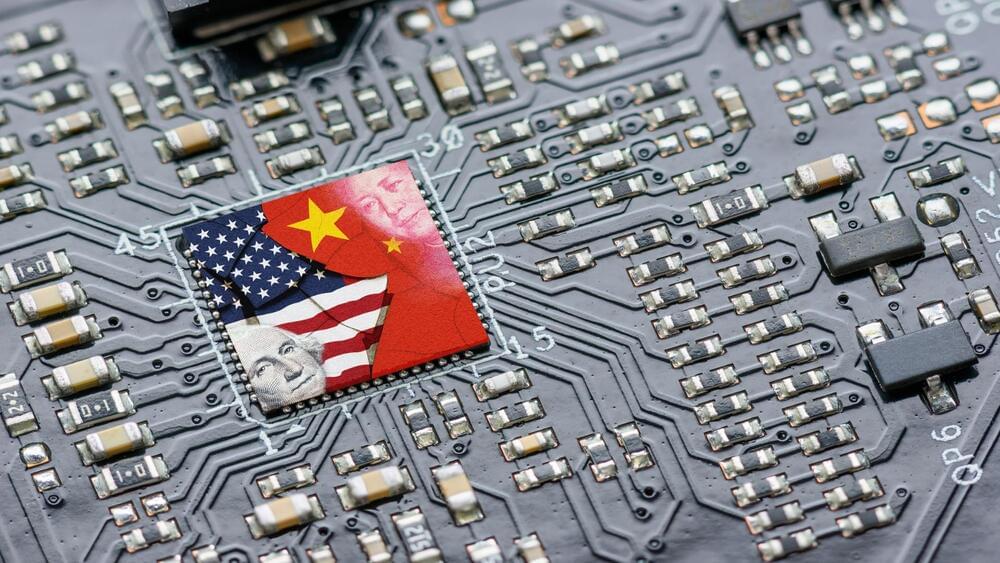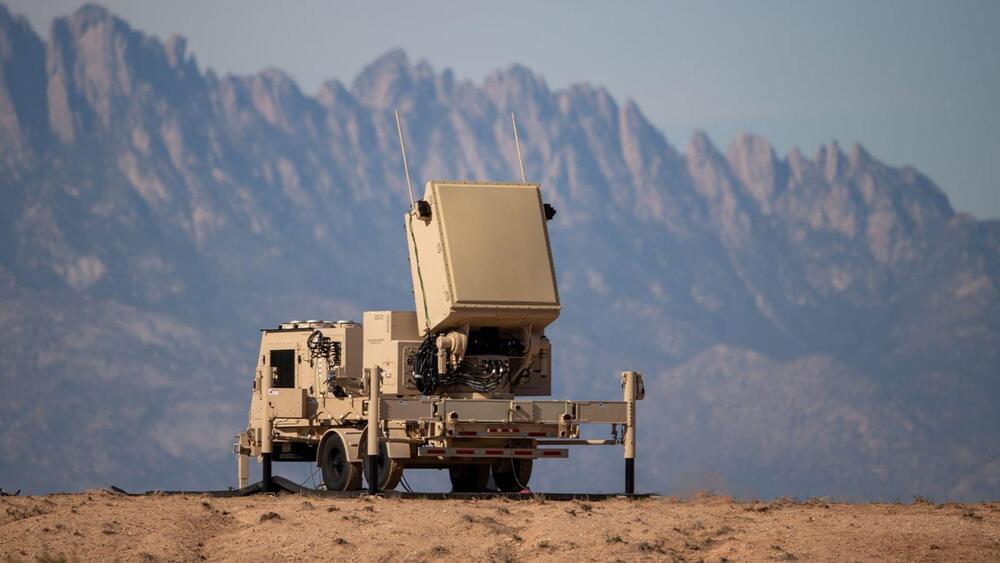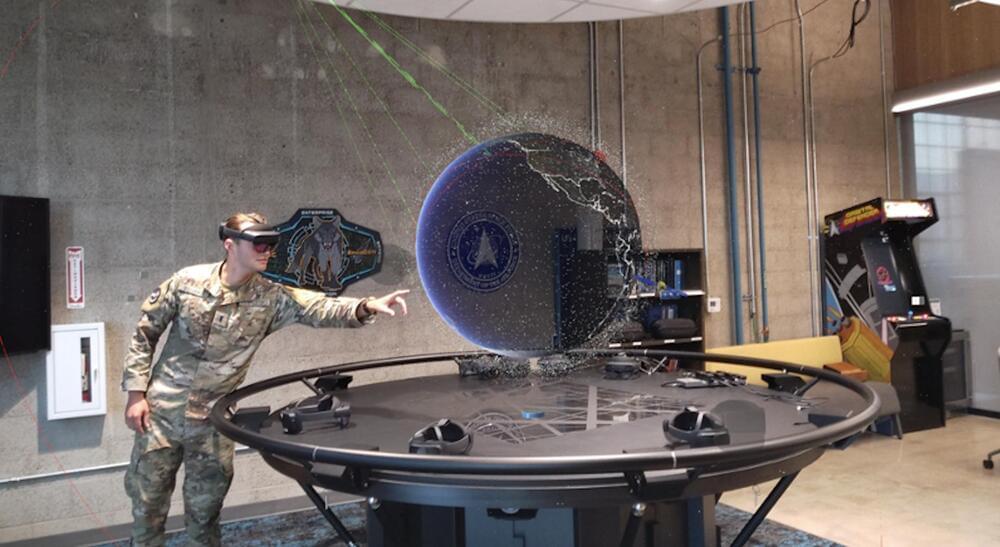WASHINGTON — The U.S. needs to flex its space muscles in the face of China’s lunar ambitions, argues a new report from the Mitchell Institute for Aerospace Studies released Jan. 17.
More specifically, the U.S. military should step up collaboration with NASA and support the development of infrastructure for scientific and economic activities in cislunar space, “as well as the means to secure those activities from potential threats such as territorial claims and irresponsible or hostile behavior,” writes Charles Galbreath, senior fellow for space studies at the Mitchell Institute.
Cislunar space — the region of space between Earth and the orbit of the moon — is becoming increasingly important strategically and economically due to potential lunar exploration, space mining and other commercial efforts poised to ramp up in the coming years.







